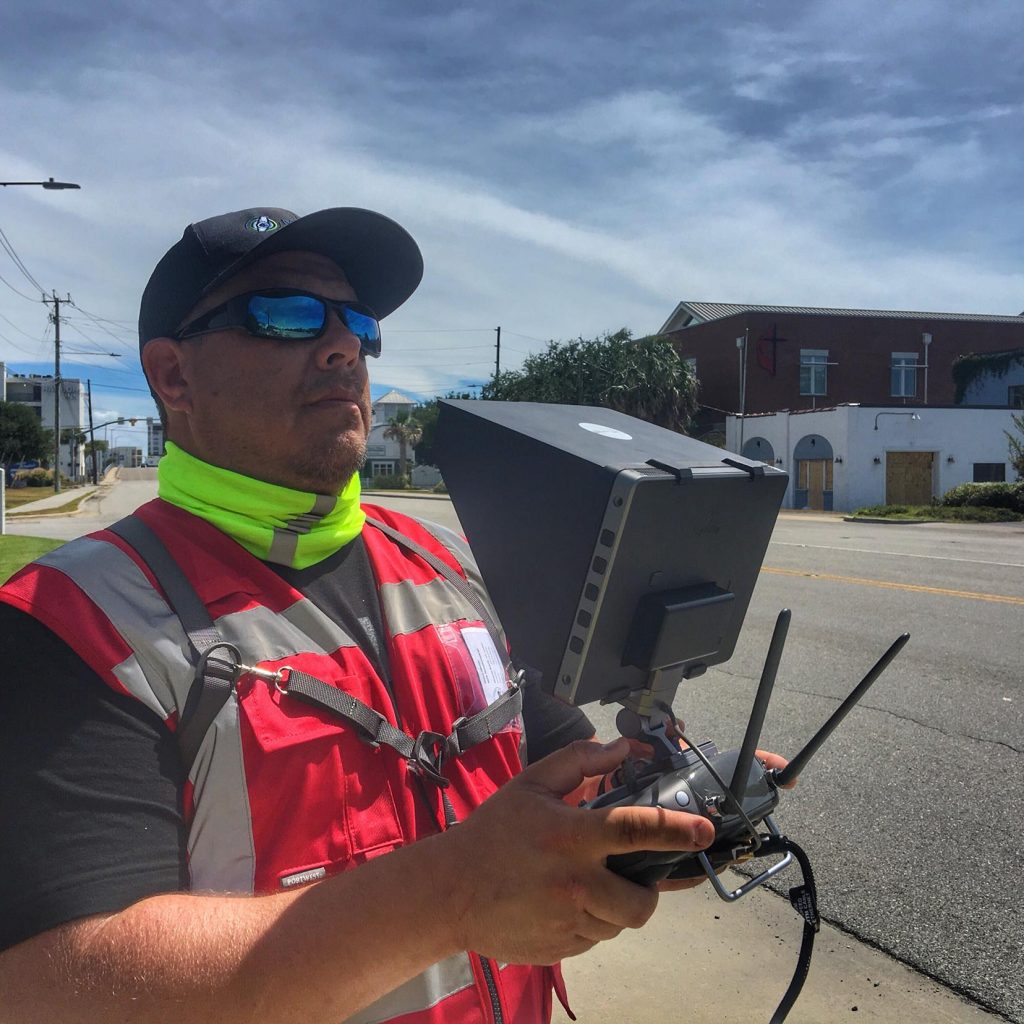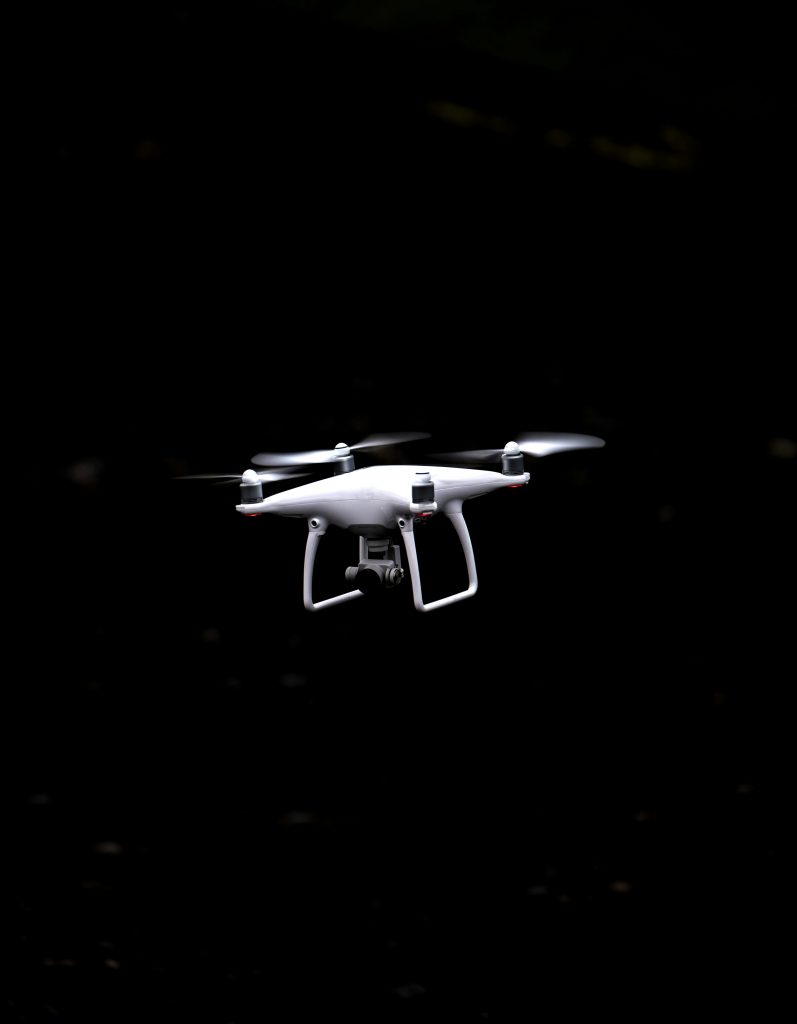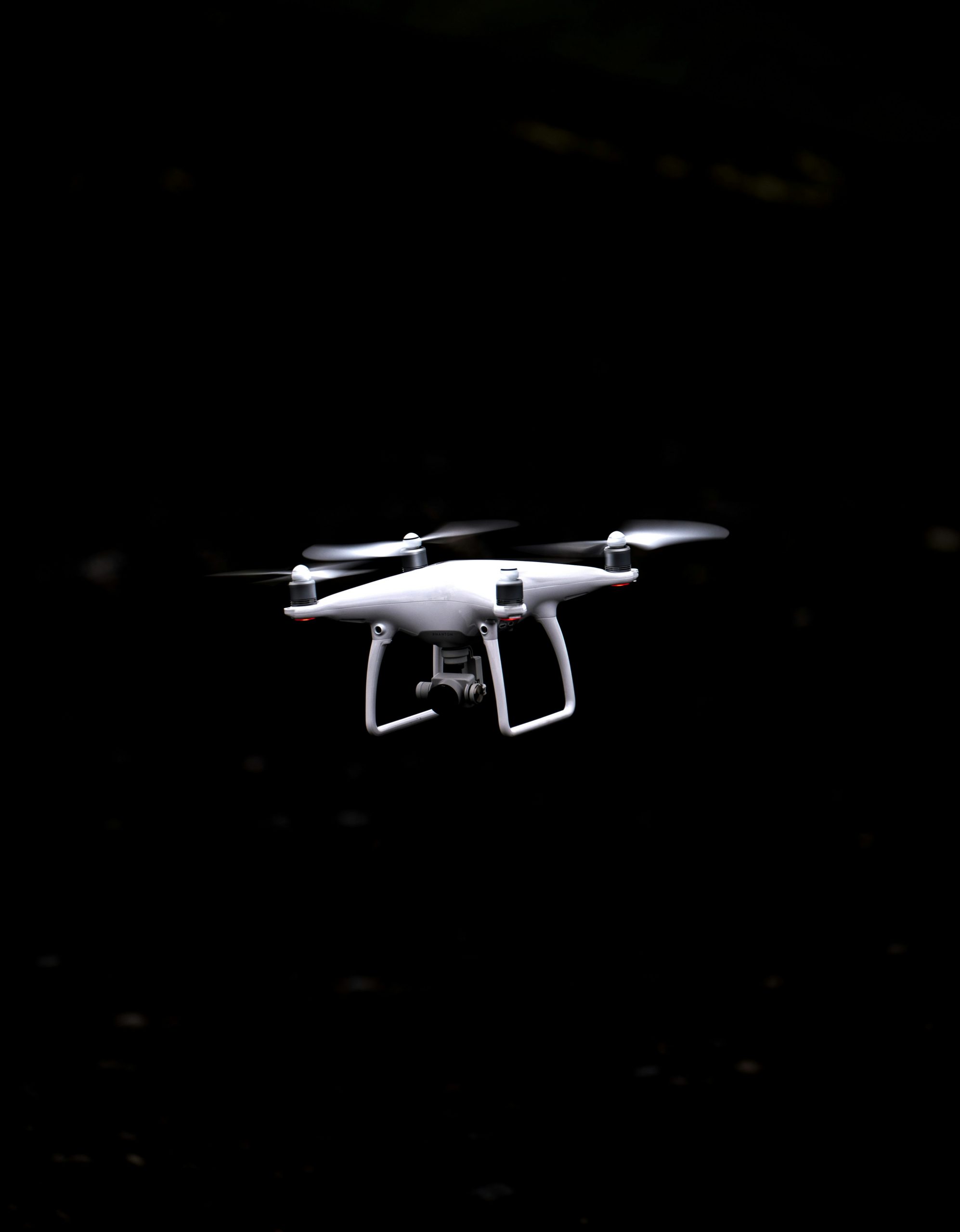Revolutionizing Visual Storytelling: The Advantages of Drone Aerial Cinematography
This article highlights the benefits of drone aerial cinematography in film and TV, including enhanced visual storytelling, cost-effectiveness, flexibility, and safety considerations, along with examples of successful drone shots and applications across industries.

Introduction
Drone aerial cinematography has significantly reshaped visual storytelling in the film and television industry by offering innovative perspectives and angles that were previously difficult or impossible to achieve. The advancements in drone technology have enabled filmmakers to capture breathtaking aerial shots, adding a new dimension to visual narratives.
One of the key advantages of using drones for aerial cinematography in film and TV productions is the ability to provide unique and captivating perspectives, transforming storytelling. For example, in the film “The Wolf of Wall Street,” director Martin Scorsese used a drone to capture a stunning aerial shot of Leonardo DiCaprio’s character driving along the coastline, creating a visually striking and immersive experience for the audience. This showcases how drone aerial cinematography enhances visual storytelling by offering fresh and captivating viewpoints that elevate the overall cinematic experience.
Furthermore, the cost-effectiveness of drone aerial cinematography is another significant advantage. Drones provide a more affordable alternative to traditional filming methods, allowing filmmakers to achieve stunning aerial shots without the need for expensive helicopter rentals or elaborate rigging setups. This cost-effective approach opens up new possibilities for filmmakers to explore creative and visually compelling storytelling without exceeding their production budgets.
Advantages of Drone Aerial Cinematography
The use of drones in aerial cinematography has significantly enhanced visual storytelling in film and television productions. Drones offer distinct advantages that have reshaped the way stories are visually told. For instance, the ability of drones to capture unique and captivating perspectives has transformed storytelling by providing audiences with fresh and immersive viewing experiences. This innovative approach allows filmmakers to take advantage of previously unattainable camera angles, resulting in visually stunning and engaging content. An example of this can be seen in the hit TV series “Game of Thrones,” where drones were used to capture sweeping aerial shots of majestic landscapes, creating a sense of grandeur and scale that added depth to the storytelling.

Moreover, the cost-effectiveness of drone aerial cinematography is a significant benefit for film and TV productions. Drones have eliminated the need for expensive aerial equipment, such as cranes or helicopters, making it more accessible for filmmakers to achieve high-quality aerial shots without incurring substantial costs. This cost-effective alternative has allowed production teams to allocate resources to other crucial aspects of filmmaking, ultimately contributing to more efficient and budget-friendly productions. An example of this can be found in the film “The Wolf of Wall Street,” where drones were used to capture breathtaking aerial views of cityscapes and landscapes, adding visual richness to the film while staying within budget constraints.
Furthermore, the flexibility and maneuverability of drones play a pivotal role in elevating the creative potential of aerial cinematography. With the ability to capture dynamic and adaptable shots, drones empower filmmakers to explore innovative visual storytelling techniques. This flexibility allows for seamless transitions between different angles and perspectives, enriching the overall visual impact of the content. An example of this can be witnessed in the documentary “Planet Earth II,” where drones were utilized to film intricate aerial sequences, immersing viewers in the natural world from breathtaking vantage points that would have been unattainable through traditional filming methods. However, it is imperative to highlight the importance of safety considerations and regulations to ensure responsible drone usage in cinematography, underscoring the need for skilled operators and compliance with aviation laws [2].
The impact of drone aerial cinematography in film and television productions has been profound, revolutionizing the visual landscape and storytelling techniques. One notable example is the use of drones in the filming of the breathtaking landscapes in the HBO series “Game of Thrones.” The aerial shots captured by drones provided a grand and majestic view of the fictional world of Westeros, adding a layer of depth and immersion to the storytelling.
Moreover, the critically acclaimed movie “The Revenant” utilized drone cinematography to capture expansive and mesmerizing aerial shots of the natural landscapes. These shots not only showcased the raw beauty of the environment but also contributed to the emotional impact of the film, immersing the audience in the character’s journey and struggles. The unique and dynamic angles achieved through drone aerial cinematography added a sense of grandeur and scale to the storytelling, enhancing the visual narrative in a profound manner.
In addition to these notable examples, the role of professional drone pilots and companies cannot be understated. For instance, Lyfted Media, a leading drone cinematography company, has played a pivotal role in various film and television projects. Their expertise in capturing compelling aerial footage has significantly contributed to the visual impact of numerous productions, elevating the storytelling and engaging audiences on a deeper level. The use of professional drone pilots and companies demonstrates the significance of skilled operators in harnessing the full potential of drone aerial cinematography, further solidifying its integral role in reshaping visual storytelling in the film and television industry.
Drone aerial cinematography has expanded its influence beyond the realms of film and television, leaving a significant mark on a multitude of industries. Notably, the real estate sector has experienced a transformation through the utilization of drones. Real estate agents and companies have leveraged drone footage to capture stunning aerial views of properties, providing potential buyers with a comprehensive and immersive experience. This innovative approach has proven to be instrumental in marketing real estate properties, as it allows for the seamless presentation of expansive land, architectural features, and surrounding landscapes, ultimately enhancing the overall appeal of the properties.
Moreover, the agriculture and construction industries have also reaped the benefits of drone videography. Drones have been instrumental in these sectors by offering efficient and accurate means of monitoring and surveying vast areas of land. In agriculture, drones are used for crop monitoring, soil analysis, and irrigation management, contributing to improved productivity and resource utilization. Similarly, in the construction industry, drones aid in site surveying, progress tracking, and safety inspections, promoting enhanced project management and operational efficiency. The ability of drones to capture high-quality aerial footage in various industries underscores their versatility and the invaluable role they play in reshaping traditional practices [4]. This further highlights the transformative impact and universal applicability of drone aerial cinematography.
Overcoming Challenges
Although drone aerial cinematography presents a plethora of benefits, it also comes with its own set of challenges that need to be effectively managed. One of the main challenges is the requirement for skilled operators who are not only capable of maneuvering the drone with precision but also ensuring the safety of the crew and equipment on set. Skilled operators play a pivotal role in executing complex aerial shots, which often involve close proximity to actors and intricate flight paths. For instance, in the filming of the popular TV show “Game of Thrones,” drone operators were required to capture intense battle scenes with intricate aerial maneuvers, showcasing the crucial role of skilled operators in achieving stunning cinematography.
Moreover, weather conditions can significantly impact the feasibility and safety of drone aerial cinematography. High winds, rain, or extreme temperatures can pose risks to both the equipment and the crew. For instance, in the production of “The Revenant,” where the use of drones was pivotal in capturing breathtaking aerial shots of vast landscapes, the filmmakers had to carefully consider and plan for the challenging weather conditions of the remote locations where the movie was filmed to ensure the safety and success of the drone operations.
Additionally, the production costs associated with drone aerial cinematography can be substantial, particularly when factoring in the expenses for skilled operators, specialized equipment, and insurance. These costs need to be carefully managed to ensure the project remains within budget. An example of managing production costs effectively can be seen in the film “Jurassic World,” where drones were used to capture the vast and immersive landscapes of the fictional dinosaur-inhabited island, effectively enhancing the visual storytelling while managing the production costs efficiently.
In addition to these challenges, compliance with FAA rules and regulations is crucial for ensuring safe and responsible drone operation in cinematography. This involves obtaining the necessary permits, following flight restrictions, and adhering to safety protocols to prevent accidents and ensure the smooth integration of drones into film and TV productions. For example, the acclaimed film “Skyfall” utilized drones to capture the breathtaking aerial sequences, requiring meticulous adherence to aviation regulations to ensure the safety of the crew and the public while achieving remarkable cinematography.
Conclusion
Drone aerial cinematography has significantly transformed visual storytelling in the film and television industry, offering unprecedented perspectives and reshaping the way stories are told. The opportunities presented by drone cinematography encourage further exploration and innovation, highlighting the transformative effect of drones on visual storytelling and their diverse applications across various industries.
Furthermore, the impact of drone aerial cinematography in reshaping visual storytelling extends beyond the entertainment industry. For example, in the real estate sector, drones are being used to capture stunning aerial footage of properties, providing potential buyers with immersive virtual tours and a unique perspective of the surroundings. This not only enhances the marketing of properties but also elevates the overall viewing experience for prospective buyers. Similarly, in the agriculture industry, drones are utilized for monitoring crops, assessing plant health, and optimizing irrigation. The high-quality aerial footage obtained through drones facilitates precision agriculture, leading to more efficient crop management and higher yields.
Moreover, drones have also revolutionized the news and journalism sector by providing aerial perspectives for reporting on events, conducting surveys, and capturing unique angles that were previously inaccessible. This has allowed for a more comprehensive and visually engaging presentation of news stories. Thus, the impact of drone aerial cinematography spans across various sectors, contributing to enhanced visual storytelling and operational efficiency.

